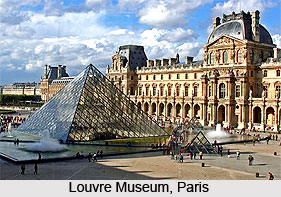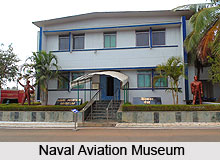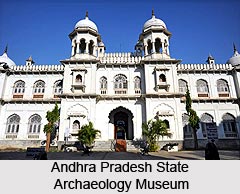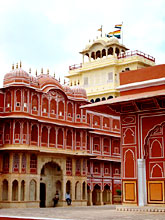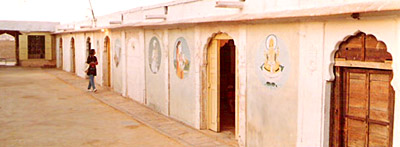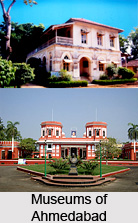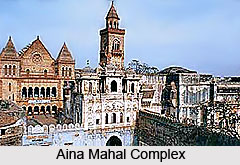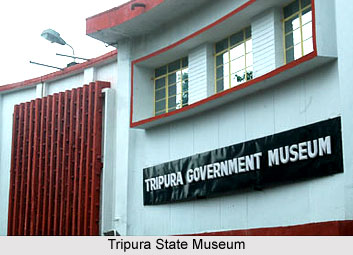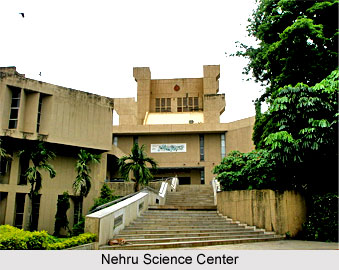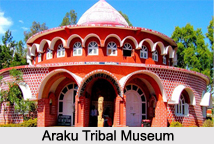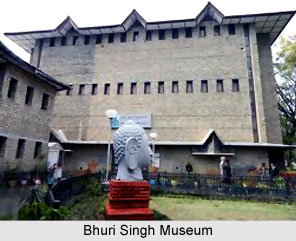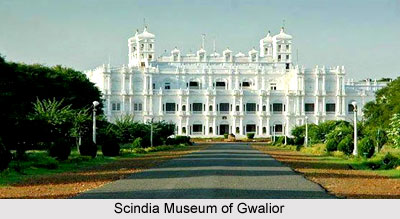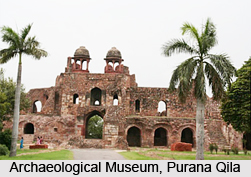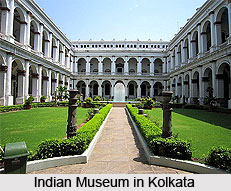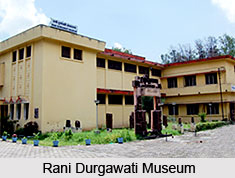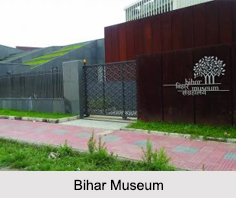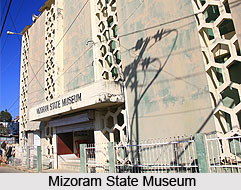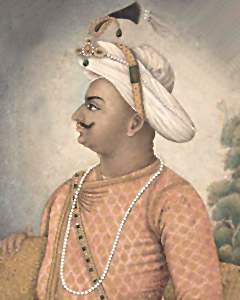 The Library of the Asiatic Society is the glory and honour of the Society. Its importance lies not in numerical strength but in its rich and unique contents. The collection has been built up mainly with gifts received from the members, dating back to 25 March 1784, when the Society received with thanks seven Persian manuscripts from Henri Richardson. The next gift came from William Marsden, F.R.S., his book, History of Island of Sumatra (1783) on 10 November, 1984.
The Library of the Asiatic Society is the glory and honour of the Society. Its importance lies not in numerical strength but in its rich and unique contents. The collection has been built up mainly with gifts received from the members, dating back to 25 March 1784, when the Society received with thanks seven Persian manuscripts from Henri Richardson. The next gift came from William Marsden, F.R.S., his book, History of Island of Sumatra (1783) on 10 November, 1984.
Since the foundation of the Society, books, manuscripts, drawings, coins, antiquarian and other objects of historical importance were exhibited to the society`s meetings, and kept in the custody of the Secretary. As the Society had no habitat of its own, the risk of loss was serious. After the demise of the founder, the question of a permanent house for the Society was strongly felt for transacting its academic activities and for keeping and preserving for the posterity books, records, art, antiquarian and museum objects. The Society moved into its own building in the early part of 1808 and the Library was thrown open to the members and the public in the same year. Thus the Society laid the foundation of the first Academic as well as Public Library in India. The books that had been received till then formed the nucleus of the collection. Since then, gifts were pouring in from heads of States, like the Emperor of Russia, Institutions, Societies and individuals. Robert Home who was for some time Secretary of the Society and the first Library-in-Charge (1804), donated his small but very valuable collection of works on Art.
The first accession of importance was a gift from the Seringapatam Committee on 3 February 1808 being a selection from the Palace Library of Tipu Sultan. The Collection contains many old and rare works. Special mention may be made of an illuminated manuscript of the Holy Quran and an old text of Gulistan, and manuscripts of Padshanamah bearing an autograph of Emperor Shah Jahan. Similarly, Surveyor-General Colonel Mackenzie`s collection of manuscripts and drawings were received in December 1822. The collection has been grouped into three departments e.g.
(1) Printed Books and Periodicals
(2) Manuscripts and Archives and
(3) Museum Objects
The Printed Books Department has four sections, viz;
(1) European Languages
(2) Sanskritic & other Modern Indian Languages
(3) Perso-Arabic and Urdu and
(4) Sino-Tibetan and South-Asian Languages
Printed books are there in almost all the major languages of the world. There are about 1,49,000 volumes, particularly rich in works on Indology and Asiatic Lore, and in standard philological and scientific serials. The printed books in this department range in date from the latter half of the fifteenth century A.D. and one of its special features consists in the many items of rare works, otherwise unavailable, or scarcely available, including books printed in India in the late 18th and early 19th centuries. Total number of Manuscripts in 26 scripts and languages are 47,000 (approx). The total numbers of Journals are about 80,000.
